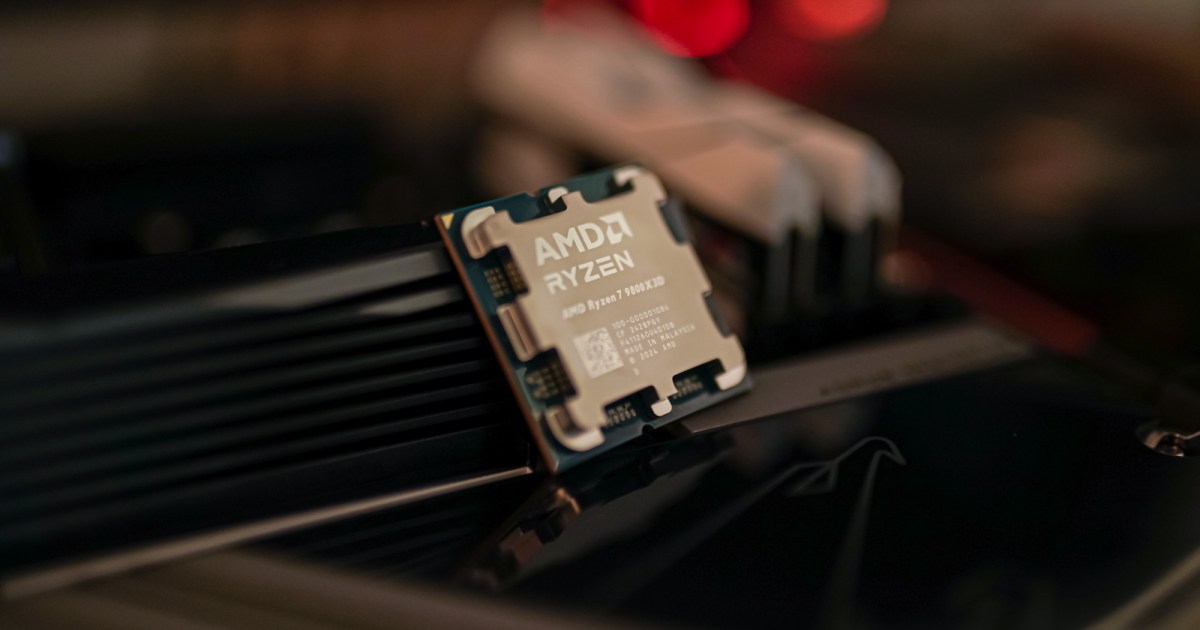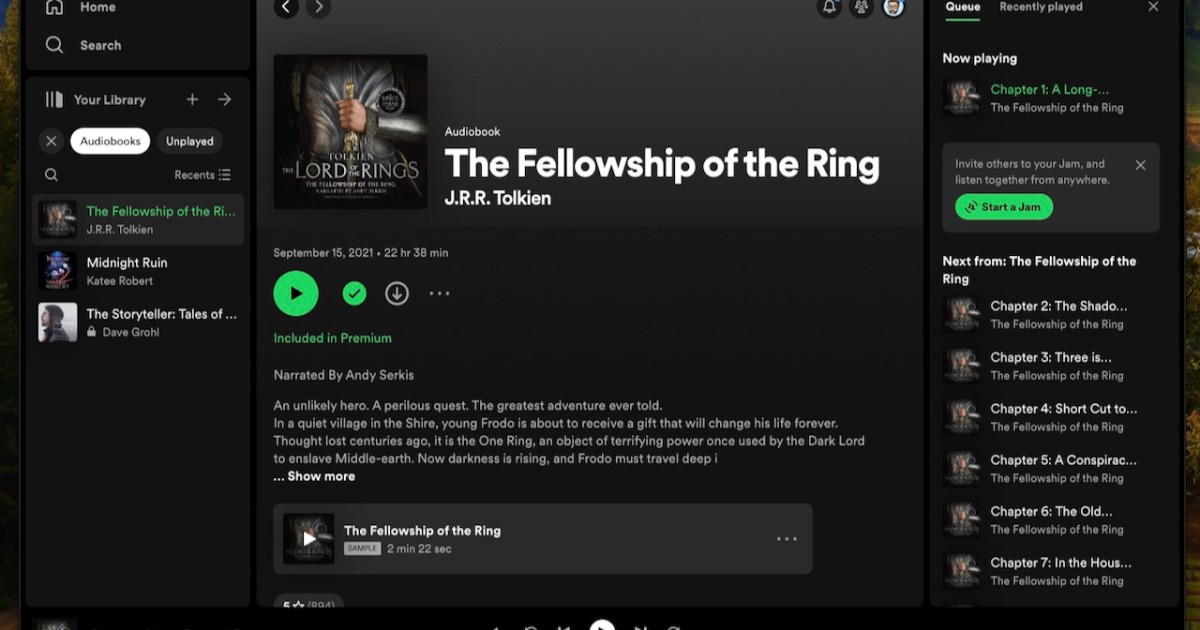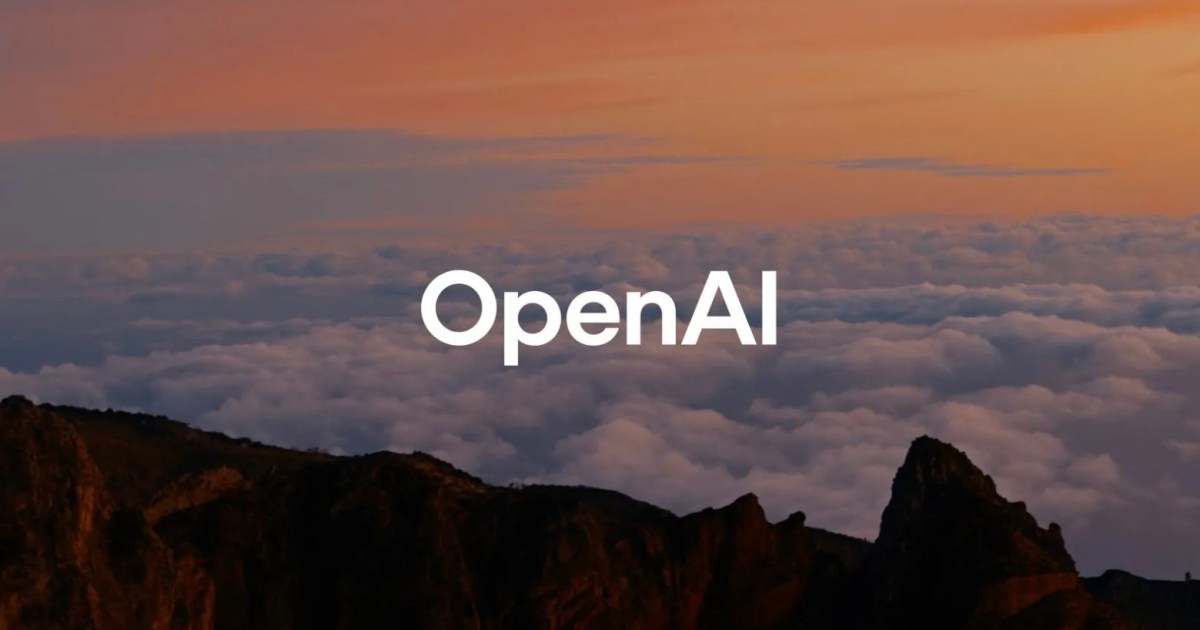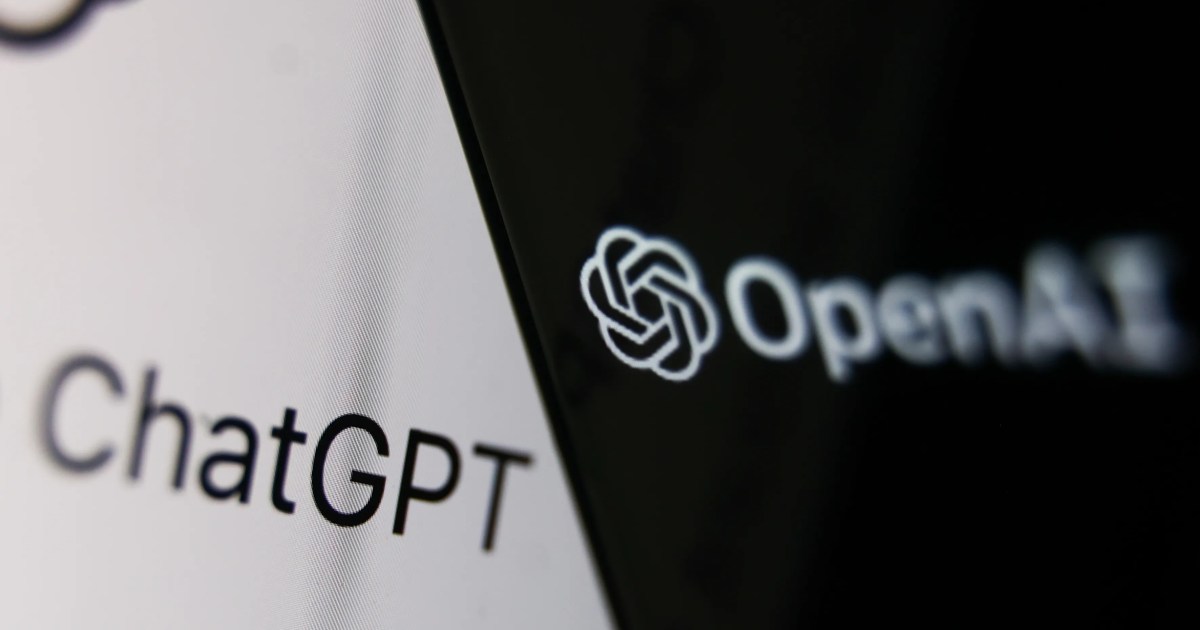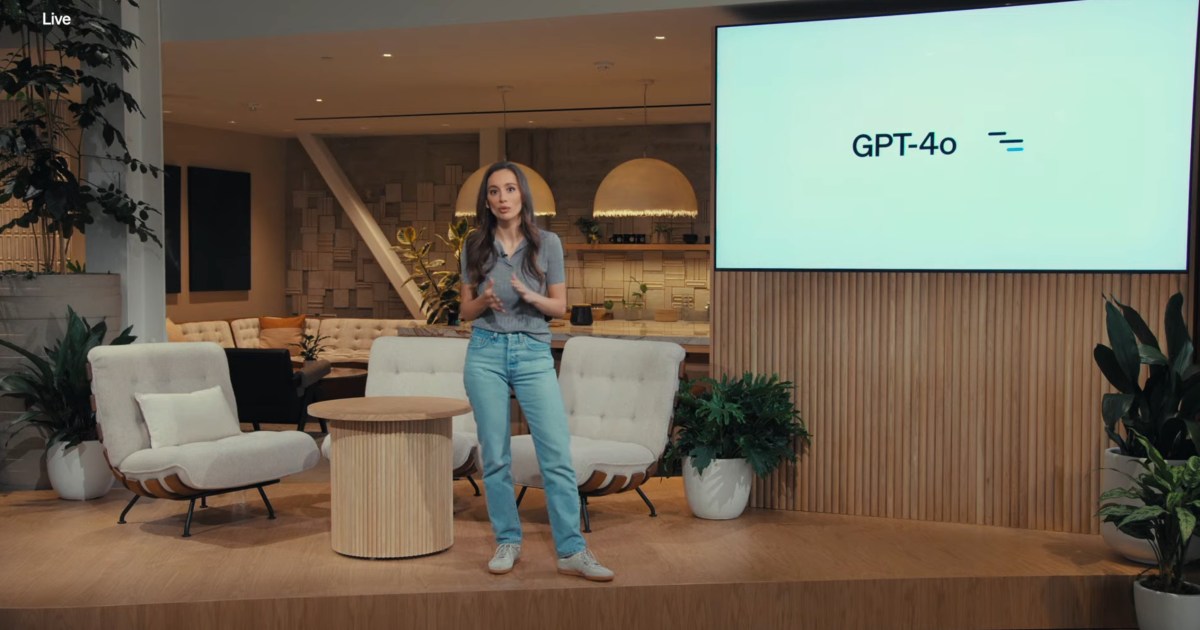xAI recently launched its Grok-3 AI chatbot, initially behind a $40 monthly paywall. However, Elon Musk, xAI’s chief, announced a temporary window of free access. While the duration of this free period remains uncertain, it presents an opportunity to explore Grok-3’s capabilities.
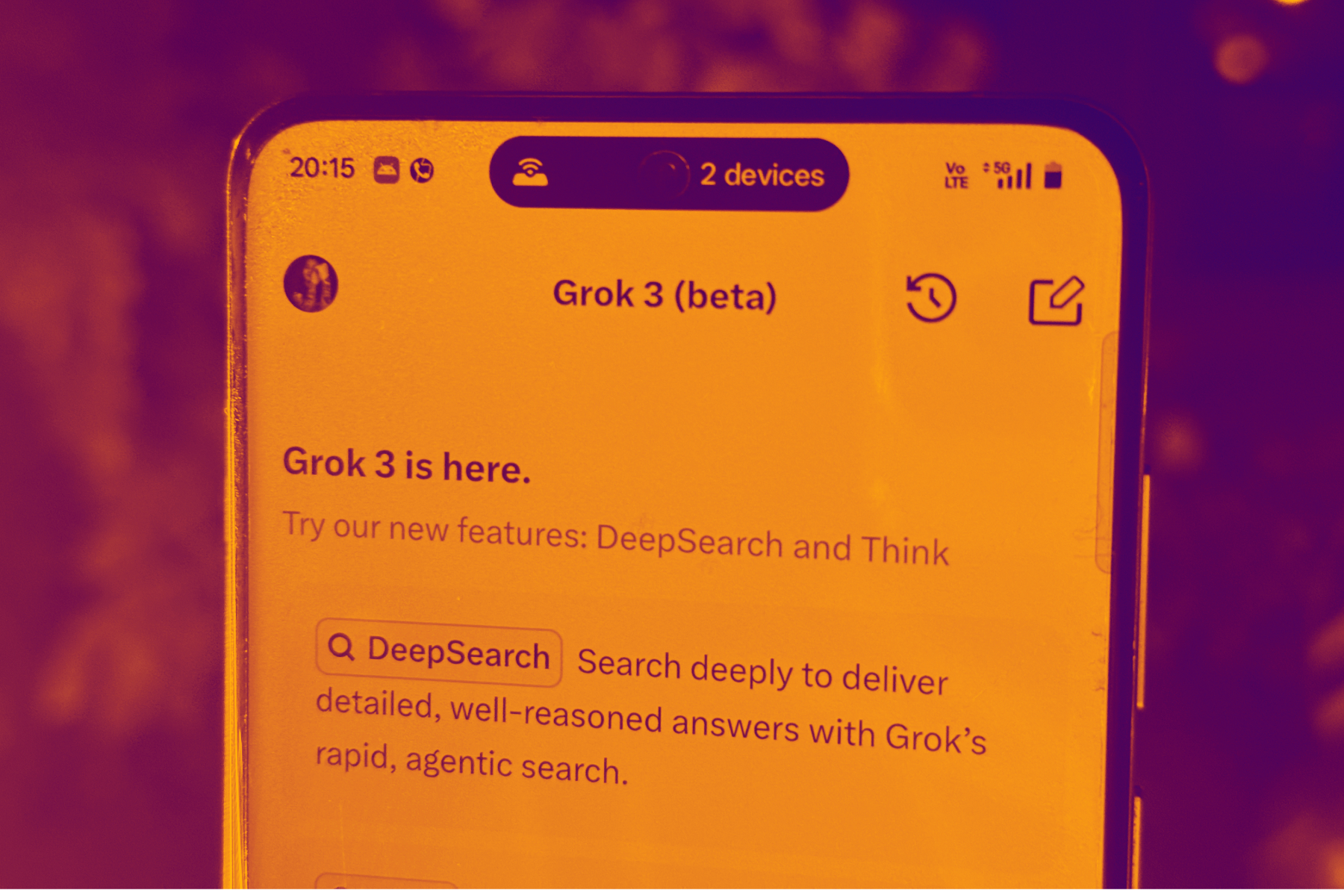 Grok-3 beta dashboard on mobile.
Grok-3 beta dashboard on mobile.
Currently, two key features are available: Think and DeepSearch. Think, similar to DeepThink on DeepSeek, Google’s Gemini 2.0 Flash Thinking Experimental, and OpenAI’s o-series models, incorporates reasoning capabilities. These models reveal their “train of thought,” breaking down user queries step-by-step for improved performance in complex tasks like scientific problem-solving, coding, and mathematics.
DeepSearch, xAI’s counterpart to Deep Research tools available on platforms like Perplexity, Gemini, and ChatGPT, elevates knowledge gathering. Grok-3 stands out as one of the few mainstream AI products offering free access to such a compute-intensive process. Upon receiving a query, DeepSearch outlines a research plan, specifying source materials. It then analyzes relevant repositories, reasons through the data, and delivers a comprehensive report.
Accessing Grok-3
Mobile users can access Grok-3 through the X app via the Grok icon in the bottom bar. Web access is available directly through x.com/i/grok.
Impressions of DeepSearch
DeepSearch stands out for its efficiency. Unlike Gemini Deep Research, it bypasses the research methodology approval step and immediately processes the query, resulting in faster response times. In a test comparing deep research queries on the impact of screen time on young minds, Grok-3 outpaced Gemini, delivering a report more quickly and transparently, showcasing its thinking process.
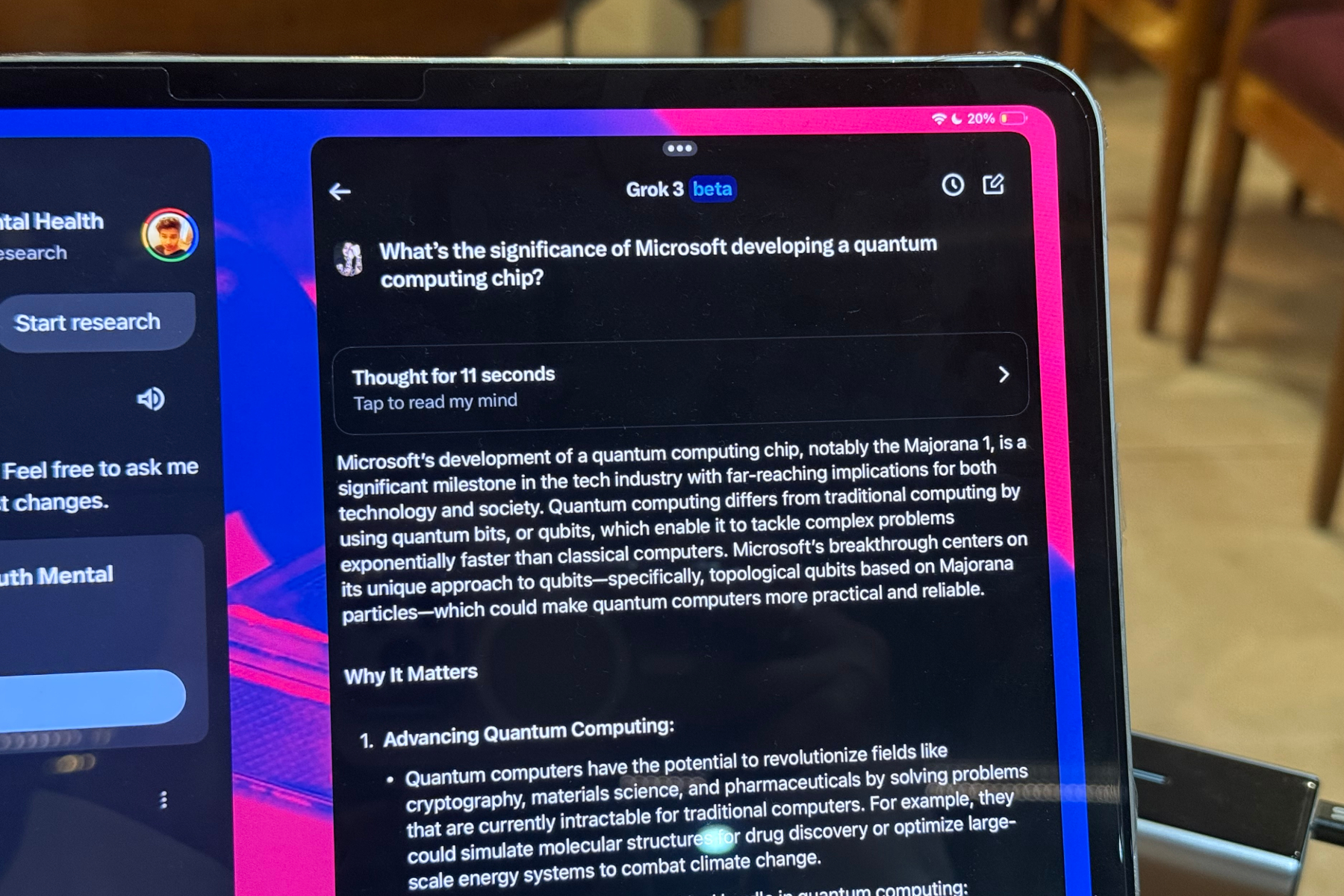 Seeking answers from xAI’s Grok-3 AI model.
Seeking answers from xAI’s Grok-3 AI model.
Grok-3 provides a real-time, stage-wise breakdown of the research process, saved as its own dataset above the answer. However, unlike Gemini, it doesn’t allow editing the research plan before execution. Gemini offers a more opaque approach, allowing plan editing but concealing the process breakdown and reasoning flow. While Gemini cited 37 websites in its footnotes for a similar query, Grok-3 offered six key citations, yet still delivered comparable results.
Comparing Think Functionality
Grok-3 also proved faster in less intensive Think searches. When queried about the relevance of Microsoft’s new quantum computing chip, key differences emerged.
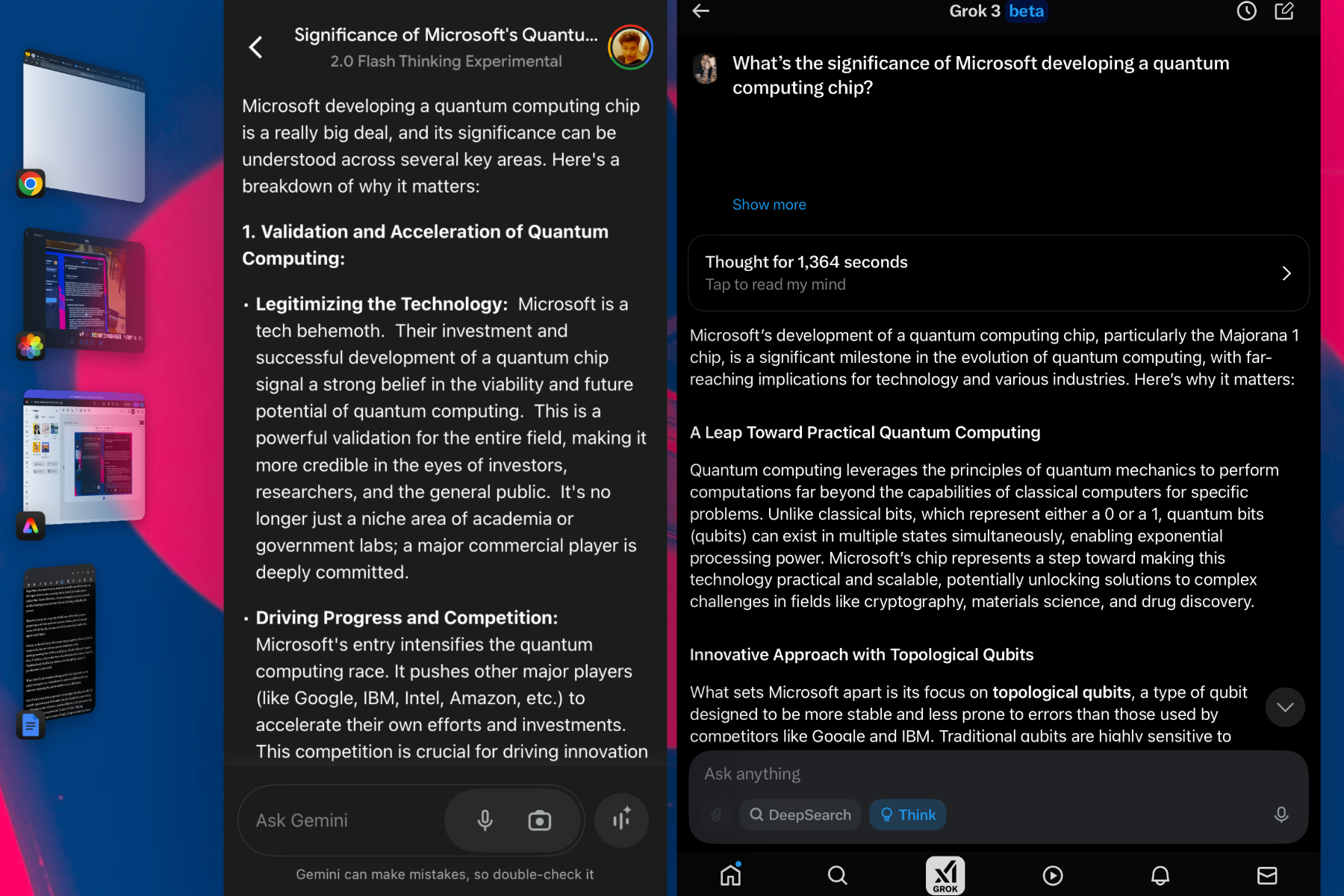 Comparing responses generated by Gemini and Grok-3
Comparing responses generated by Gemini and Grok-3
Grok-3 adopted a more holistic approach, addressing not only the scientific applications and benefits but also the associated risks. Its chain of reasoning is also readily visible. While Gemini 2.0 Flash Thinking Experimental offered a more comprehensive segment-wise breakdown, it lacked transparency. Gemini’s responses leaned toward a restrained, academic style, while Grok-3 took a more accessible approach to explaining complex terms.
Conclusion
While determining a definitive “winner” is challenging, xAI’s benchmarks suggest Grok-3 surpasses competitors like Google, OpenAI, DeepSeek, and Anthropic in multiple evaluations. This free access period, however fleeting, provides a valuable opportunity to explore Grok-3’s potential and experience its unique approach to AI-driven information retrieval.




